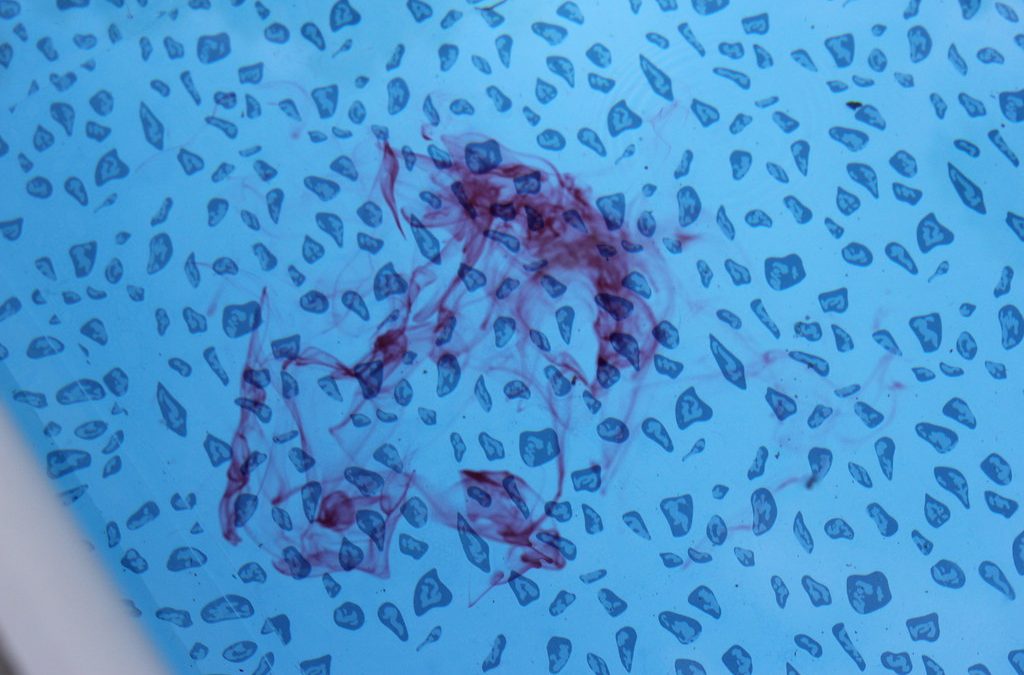Introduction
A consistent water level is essential for your pool to function properly and maintain its structural integrity. If you’ve noticed a drop in water level, it’s important to determine whether the cause is natural evaporation or a potential leak. Identifying the right cause helps prevent unnecessary water loss, reduces costs, and ensures your pool remains in top condition.
Today we’ll explore the key differences between evaporation and leaks, how to detect the issue, and what steps to take to resolve it.
Evaporation: A Natural Occurrence
Evaporation is a normal process where water turns into vapor and escapes into the air. Several factors influence the evaporation rate in pools, including:
- High Temperatures – Hotter weather speeds up the evaporation process.
- Low Humidity – Dry air absorbs more moisture from the pool.
- Strong Winds – Wind removes the moisture hovering above the water’s surface, accelerating evaporation.
- Large Surface Area – The more exposed water, the higher the evaporation rate.
- Heated Pools – Warmer water evaporates faster than cooler water.
On average, a pool without a cover can lose up to 6mm of water per day due to evaporation, with higher losses in summer.
Leaks: An Unwanted Water Loss
A leak, on the other hand, is an unintended and potentially damaging issue. If left unchecked, leaks can cause structural problems, higher water bills, and increased chemical usage.
Common causes of pool leaks include:
- Cracks in the Pool Shell – Damage in concrete, fiberglass, or vinyl liners allows water to escape.
- Plumbing Issues – Broken underground pipes or loose fittings can leak unnoticed.
- Malfunctioning Pool Equipment – Issues with pumps, filters, or return lines can cause gradual water loss.
- Loose or Worn Seals – Skimmers, drains, and lights can develop small leaks over time.
If your pool is losing more than 6mm of water per day, and the weather conditions don’t justify it, a leak is likely.
How to Tell If Your Pool Is Losing Water from Evaporation or a Leak
To confirm whether evaporation or a leak is the culprit, perform the bucket test:
Step-by-Step Guide:
1. Fill a Bucket with Pool Water – Place a bucket on a pool step and fill it to match the water level of the pool.
2. Mark the Water Levels – Mark the water level inside the bucket and the pool’s water level outside.
3. Wait 24 Hours – Keep the pool pump off during the test and avoid swimming.
Compare the Levels:
- If both the pool and bucket water levels drop equally, it’s evaporation.
- If the pool’s water level drops more than the bucket, a leak is likely present.
This simple method helps determine if further investigation is needed.
How to Prevent Evaporation Water Loss
If evaporation is the main cause, taking preventative steps can help minimize water loss:
- Use a Pool Cover – Prevents up to 95% of evaporation by trapping moisture.
- Install Windbreaks – Fences, shrubs, or pool enclosures reduce wind exposure and slow down evaporation.
- Reduce Water Temperature – Lowering pool temperatures decreases evaporation rates.
- Maintain Proper pH Balance – Water with correct chemistry evaporates more slowly.
- Cover Your Pool at Night – Cooler evening temperatures reduce moisture loss overnight.
By implementing these measures, you can significantly reduce water loss and save on refilling costs.
How to Detect and Fix Pool Leaks
If a leak is suspected, taking quick action prevents further damage and unnecessary expenses.
Signs of a Pool Leak:
- Water loss exceeding 6mm per day
- Soggy areas around the pool deck
- Cracks in the pool shell or tiles
- Air bubbles in the return jets
- Unexplained increase in water bills
Steps to Fix a Pool Leak:
- Check for Visible Cracks – Inspect the pool walls, floor, and tile grout for any noticeable damage.
- Inspect Pool Equipment – Look for wet areas near pumps, filters, and pipes.
- Dye Test for Leaks – Use food coloring near suspected cracks. If the dye moves into the crack, water is escaping.
- Professional Leak Detection – If no obvious leaks are found, consult a professional pool technician for a full inspection.
Common Leak Repairs:
- Crack Sealing – Using epoxy or pool putty to patch minor cracks.
- Replacing Seals & Fittings – Fixing worn-out gaskets or O-rings.
- Pipe Repairs – Fixing damaged underground plumbing may require professional assistance.
- Liner Patching – If a vinyl pool liner is leaking, patches can be applied.
By detecting and repairing leaks early, you save money and extend the life of your pool.
Conclusion: Protect Your Pool’s Water Level
Water loss is a common concern for pool owners, but distinguishing between evaporation and a leak is key to finding the right solution.
- If evaporation is the issue, use a pool cover, windbreaks, and proper maintenance to minimize water loss.
- If a leak is suspected, perform the bucket test and inspect pool equipment to determine the source.
By staying proactive, you reduce unnecessary water waste, prevent costly repairs, and keep your pool in top condition.
Need professional leak detection for your pool in Pretoria? Contact Sea Spirit Pools today!

